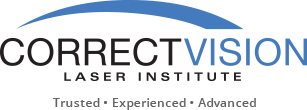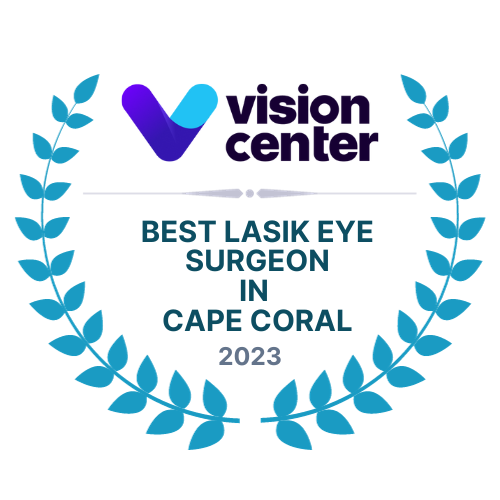Ages 55+
Development of Cataracts
Dysfunctional Lens Syndrome (DLS) is the term for the natural aging process of the eyes. DLS typically starts with presbyopia (the need for reading glasses) and then progresses into the development of cataracts. As you age, the chemical makeup of your lens can change, making your eye lens progressively cloudy and thick. This is the development of cataracts. It is typically the second stage of DLS and it is part of the normal aging process. As the cataract grows in size and opacity your vision will become distorted. This change to your eyes’ crystalline lenses can occur even if you have had excellent vision your entire life. Luckily, today there are many options for vision improvement.
Advanced Laser Cataract Surgery
During cataract surgery the cloudy eye lens is removed and replaced with an artificial lens implant or Intraocular Lens (IOL). We offer laser cataract surgery using the advanced LenSx® femtosecond laser to create the corneal incision, gently break up the lens and safely remove it. This technique allows access to real-time, 3D information about your eye during the procedure.
Benefits of Advanced Laser Cataract Surgery
Highly customized and precise treatment.
No stitches or patches are required.
Virtually painless.
Choice of a Lifestyle IOL may provide a full range of vision without glasses.
Partially covered by insurance or Medicare.
Procedure takes 15-30 minutes.
ORA Real-time Analysis
Each IOL is set with a power to correct your vision problems before going into surgery. However, cataract surgery can slightly alter those refractive error measurements. At CorrectVision Laser Institute our doctors can implement Optiwave Refractive Analysis (ORA) technology using Wavefront analysis to assess your eye after the cataract has been removed and make real-time adjustments of the IOL power during surgery.
Benefits of ORA Real-time Analysis
Calculate your true refractive power during surgery.
Alter the IOL power in real time.
Provides a more custom procedure.
Reduce the need for follow-up surgeries.
Provides better vision for patients with astigmatism.
Traditional Cataract Surgery
Traditional cataract surgery involves the use of a hand-held instrument to break up the cataract and gently remove it from the eye. Most patients opt for the traditional monofocal IOL lens implant which may require you wear reading glasses after the procedure. Patients may experience slightly more swelling and inflammation during recovery than with the laser method.
Benefits of Traditional Cataract Surgery
Often fully covered by insurance and Medicare.
Effectively treats cataracts.
Procedure takes 15-30 minutes.
Refractive Lens Exchange
Refractive Lens Exchange (RLE) is used to replace your natural lens that has lost flexibility with a new Intraocular Lens (IOL) that provides clear vision. There are many IOL options including multifocal lenses that can help you achieve both clear distance and near vision.
Benefits of Refractive Lens Exchange
Provides a full range of vision.
Reduces dependency on reading glasses.
Return to normal activities the next day.
Virtually painless.
Procedure takes 15-30 minutes per eye.


